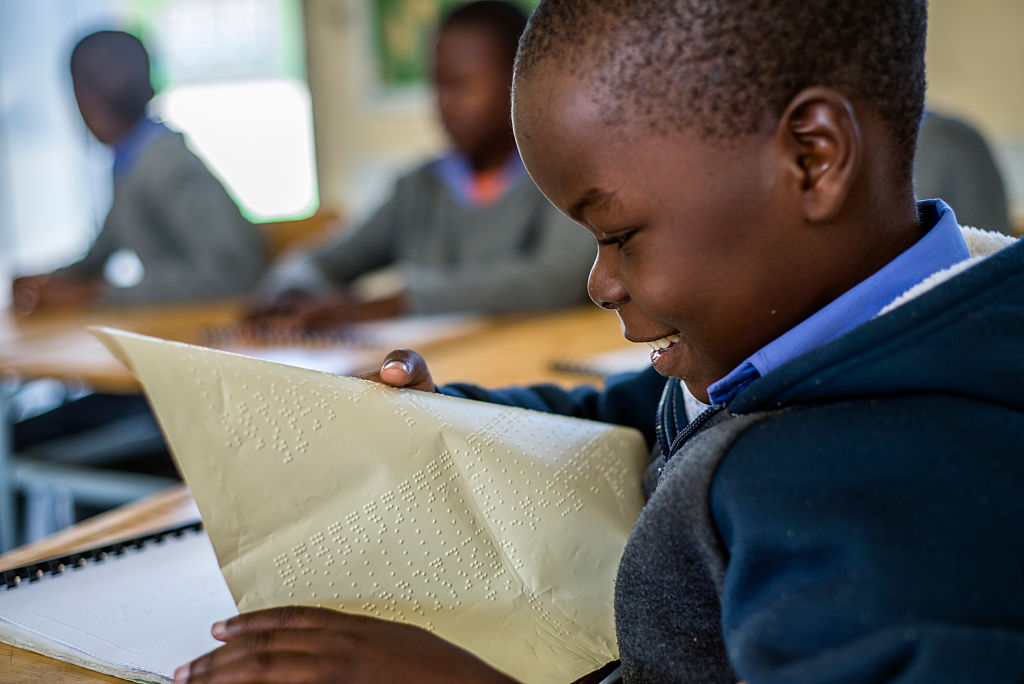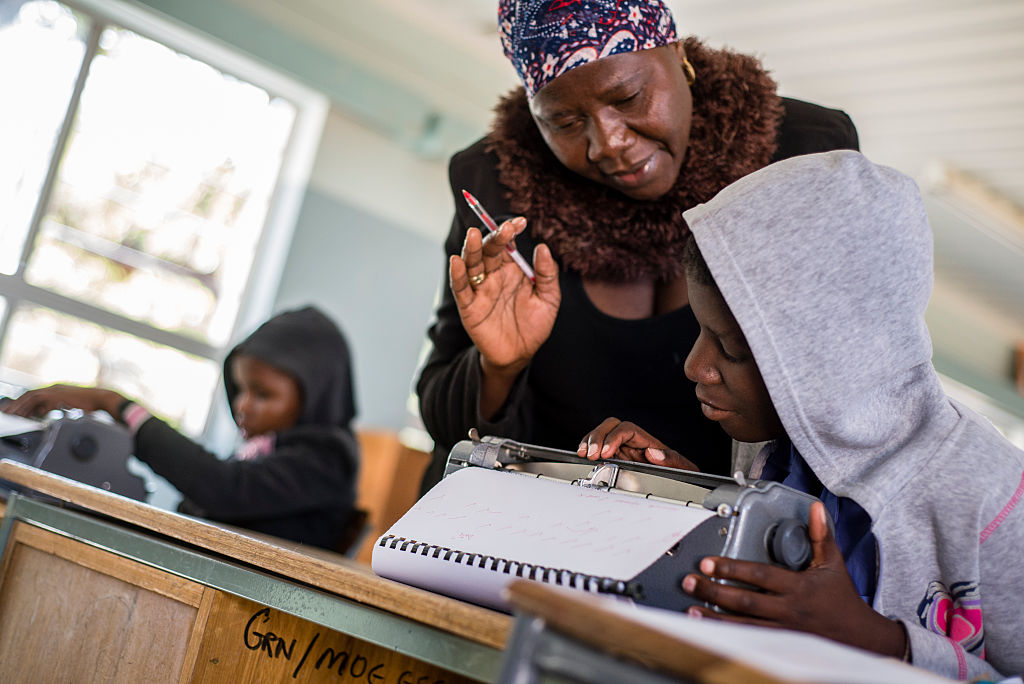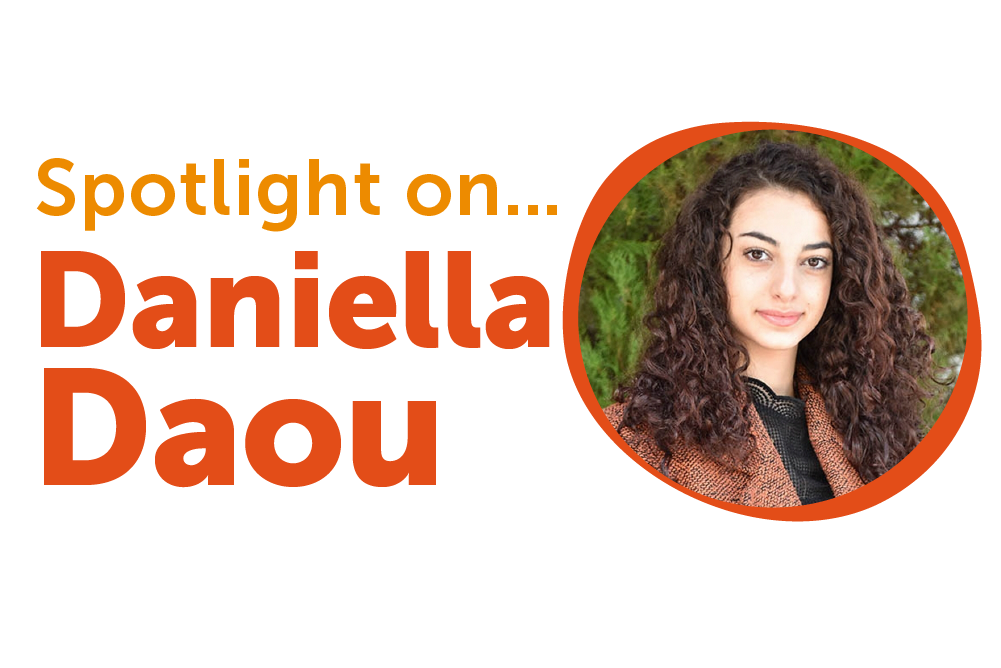
Technology has the power to expand education for children with disabilities

Children with disabilities
To mark International Day of Persons with Disabilities on December 3, we talk to Theirworld consultant Vibhu Sharma about her new report into assistive technologies in mainstream educational settings.
Vibhu Sharma has an abiding memory of her school holidays. While her classmates in Delhi, India, enjoyed their free time, she had a crucial task.
As a blind student in a mainstream school and as a university undergraduate, she needed a screen reader software programme to read her books. But they were only available in printed format.
“I remember spending all my vacations making my books accessible to me,” said Vibhu. “Converting them into digital format so that I could use them when the next term started.”
Experiences like that shaped Vibhu’s mission to ensure inclusive education for children and young people with disabilities – something enshrined in the Sustainable Development Goals to be achieved by 2030.
As Theirworld’s Research Consultant on Disability and Inclusion, Vibhu has published a report that examines how technologies can help to expand access to education and improve the quality of education received by students with disabilities.

Around the world, there are 240 million children with disabilities – 80% of them in developing countries. Discrimination means they are much more likely to be out of school than children without disabilities.
Even those who are in school often don’t have access to assistive technology (AT) – from screen-reading software for students with visual impairment to more complex technologies such as speech-generating devices. Assistive technologies are the first step for many children to be able to go to school and be included in their community.
“AT serves as a powerful tool to enhance a child’s independence and participation,” said Vibhu in her report.
She surveyed a wide range of people – from children and adolescents with visual, hearing or learning disabilities to teachers of children with disabilities in mainstream schools and experts in assistive technology in education. Online questionnaires and interviews were conducted with people in 39 countries ranging from Kenya, Malawi and Bangladesh to Canada and the United Kingdom.
40%
Of children with disabilities do not attend primary school in developing countries, compared to 12% of children without disabilities.
Vibhu, who lost her sight as a child, said: “We wanted to ask them what assistive technology solutions are actually working for them and then explore ways to scale up or scale down some of these solutions.
“One of the major findings is that we need to overcome the misconception that assistive technologies always have to be specialised and complicated.
“An Android or iOS phone can be an assistive technology for someone with a disability because they have many features like screen readers, captioning and image description, and they can be used hands-free.”
The report says a major focus should be on lowering the cost of assistive technologies to make them more accessible. Especially, as Vibhu said: “It is an undeniable fact that disability and poverty go hand in hand.”
About Vibhu Sharma
Theirworld’s Research Consultant, Disability and Inclusion, is also a co-chair of the Global Partnership for Children with Disabilities (Youth Council) and a recognised mentor for youth with and without disabilities.
Another target – harking back to her own experience – should be to create more learning materials in accessible formats such as Braille, audio, large print and sign language.
She said: “A lot of students said that they didn’t have enough of the materials they needed.”
Vibhu’s vision is of a world where all children have the same education opportunities.
She said: “A perfect classroom would be where children with disabilities are accepted. Not just accepted but where they are also accommodated and have access to the same learning as someone who does not have a disability.”
More news

Technology has the power to expand education for children with disabilities

